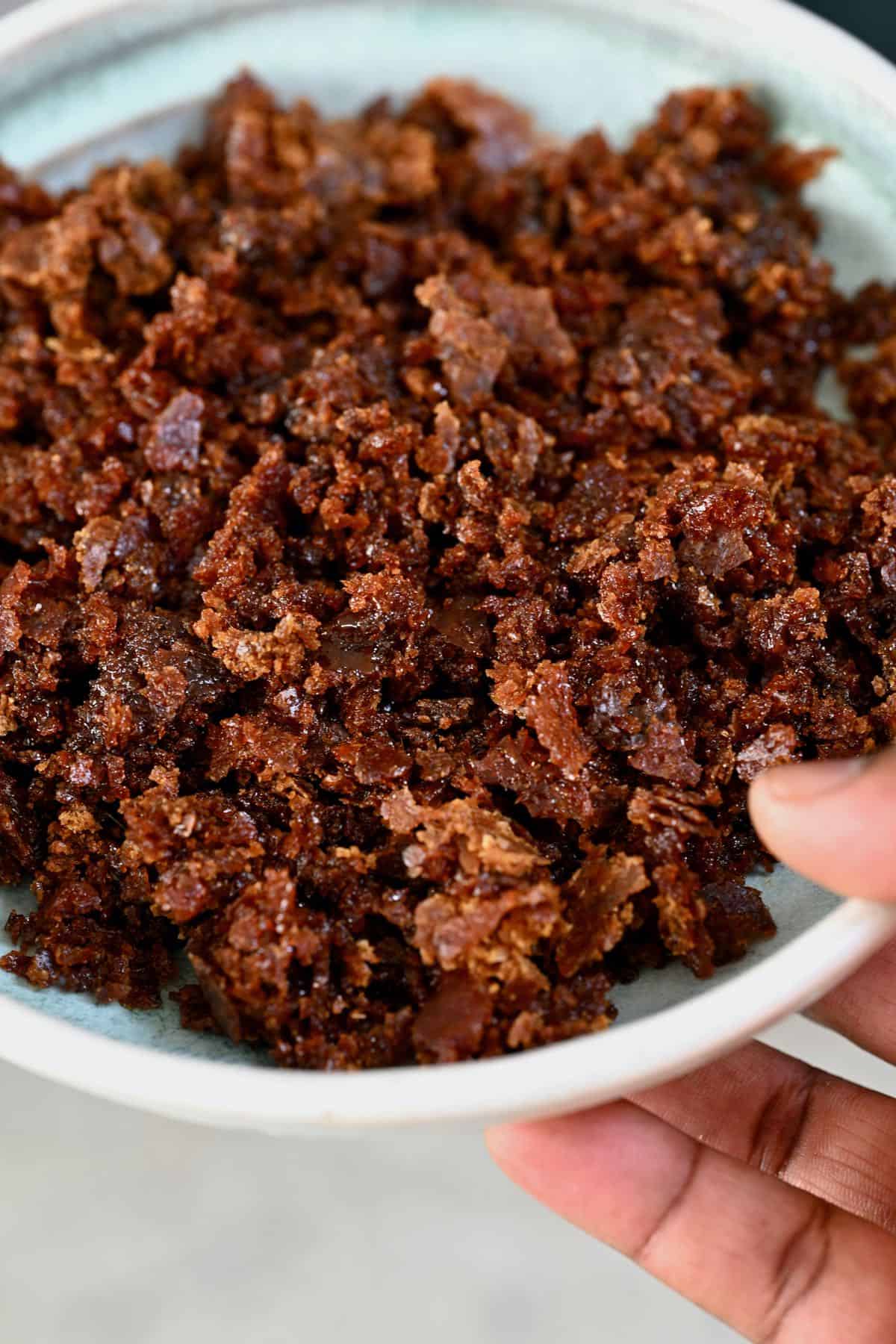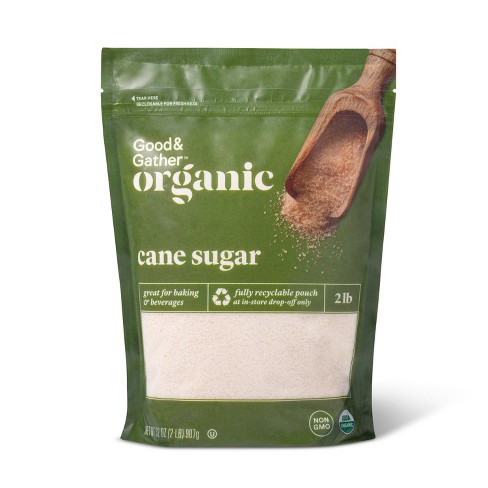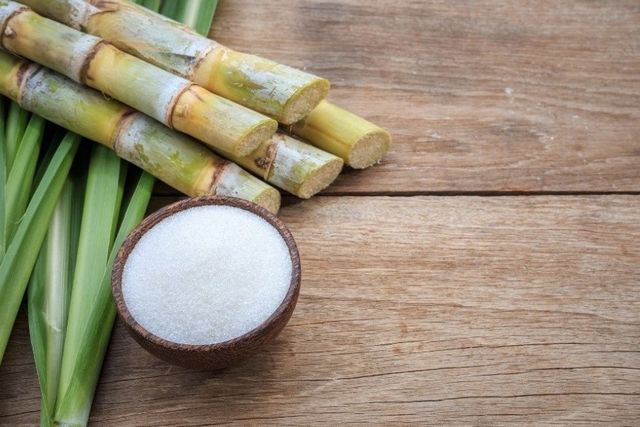Cane Sugar Processing: From Field to Table-- A Step-by-Step Overview
Cane Sugar Processing: From Field to Table-- A Step-by-Step Overview
Blog Article
Checking Out the Comprehensive Tips Associated With Walking Cane Sugar Handling From Gathering to Improvement
The process of cane sugar manufacturing incorporates a series of intricate actions, starting with the careful harvesting of sugarcane and finishing in the improvement phases that guarantee the last item meets industry criteria. Each stage, from the removal of juice to the purification and formation processes, plays an important function in determining the high quality and character of the sugar.
Gathering Sugarcane
Collecting sugarcane is a critical action in the walking cane sugar handling chain, as it straight affects the top quality and yield of the final item. Appropriate timing and techniques are necessary throughout this stage to ensure ideal sugar material and lessen losses. Normally, sugarcane is collected when it reaches maturation, normally 12 to 18 months after planting, characterized by a high sucrose focus.

Post-harvest, the sugarcane must be processed promptly to stop sucrose deterioration. Ideally, gathered walking cane needs to be transferred to processing facilities within 24-hour to protect sugar quality. As a result, effective logistical preparation is important to preserve the stability of the gathered crop throughout the supply chain.
Removal Refine

The crushed walking cane is subjected to a series of pushing operations to take full advantage of juice healing. Generally, warm water is splashed onto the smashed walking stick, developing a countercurrent flow that aids dissolve the sugar while additionally assisting in the removal procedure. The juice collected from this operation includes not only sugar however also numerous natural compounds and pollutants.

To enhance extraction efficiency, some centers may use diffusion methods, where the sugarcane is saturated in warm water, allowing the soluble sugars to diffuse right into the liquid. The resulting juice, abundant in sucrose, is after that routed to subsequent handling stages, laying the foundation for purification and improvement. The removal process is hence critical in identifying the top quality and return of the last sugar item.
Purification Techniques
The purification methods employed in walking cane sugar handling are important for transforming the raw juice into a top notch sugar product. These techniques mostly intend to get rid of impurities, such as dirt, plant materials, and not natural substances, which can adversely affect the end product's taste and color.
This process includes adding lime and heat to the raw juice, which facilitates the coagulation of contaminations. Additionally, the usage of phosphoric acid my blog can improve the explanation process by further binding impurities.
Another considerable technique is carbonatation, where carbon dioxide is introduced to the clarified juice. This response produces calcium carbonate, which captures continuing to be contaminations and advertises their elimination.
Moreover, turned on carbon treatment might be applied to adsorb any remaining colorants and natural contaminations, guaranteeing a more refined item. The combination of these methods effectively prepares the sugar juice for succeeding action in the refining procedure, setting the phase for the production of top quality walking stick sugar.
Formation Methods
After the purification stage, the following essential action in cane sugar processing includes crystallization approaches, which play a critical duty in transforming the clarified juice right into solid sugar. This procedure usually employs two primary techniques: spontaneous formation and controlled condensation.
In spontaneous crystallization, supersaturated sugar options are allowed to cool normally, leading to the development of sugar crystals over time. This approach permits for the uniform growth of sugar crystals and greater purity.
Throughout condensation, the cleared up juice is focused via evaporation, enhancing its sugar material until it reaches supersaturation. As soon as this point is achieved, either technique can promote the formation process. Cane Sugar Processing. The resultant sugar crystals these details are then divided from the staying syrup through centrifugation
Eventually, the selection of crystallization technique impacts the quality, dimension, and pureness of the final sugar item, making this step necessary in the total walking cane sugar processing procedure.
Improvement and Product Packaging
How can the purity and top quality of walking cane sugar be even more boosted after crystallization? The improvement process plays a vital function in attaining top notch walking stick sugar.
Following, the sugar goes through a process called centrifugation, where it is spun at broadband to separate the cleansed sugar crystals from the remaining fluid. After centrifugation, the sugar is typically additional fine-tuned via a technique called carbonization or phosphatation, which makes use of turned on carbon or phosphoric acid to get rid of color and off-flavors.
Once improved, the sugar is dried to achieve the desired wetness content, guaranteeing that it stays stable throughout storage space and transportation. The final step entails packaging the polished sugar in impermeable and moisture-proof containers to keep its quality and avoid contamination. Cane Sugar Processing. Proper product packaging not just extends rack life but also promotes easy handling and distribution, ensuring that customers receive sugar that fulfills the highest standards of pureness and high quality
Conclusion
The thorough steps associated with walking cane sugar processing, from the thorough harvesting of sugarcane to the complex refinement and product packaging phases, highlight the significance of each phase in guaranteeing premium sugar production. Ideal harvesting techniques, efficient removal techniques, and rigorous filtration procedures jointly add to the final product's pureness and stability. The formation and subsequent product packaging methods further enhance the honesty and rack life of the sugar, highlighting the intricacy and precision inherent in this necessary farming sector.
The procedure of cane sugar manufacturing includes a collection of intricate steps, beginning with the careful harvesting of sugarcane and finishing in the improvement stages that ensure the last product satisfies industry standards. Ideally, collected walking cane needs to be delivered to processing facilities within 24 hours to protect sugar quality.In spontaneous formation, supersaturated sugar options are enabled to cool down naturally, leading to the development of sugar crystals over time visit the website - Cane Sugar Processing. The refinement procedure plays an essential duty in achieving top notch walking cane sugar.The extensive steps entailed in cane sugar processing, from the meticulous harvesting of sugarcane to the complex refinement and product packaging stages, emphasize the relevance of each stage in ensuring high-quality sugar manufacturing
Report this page